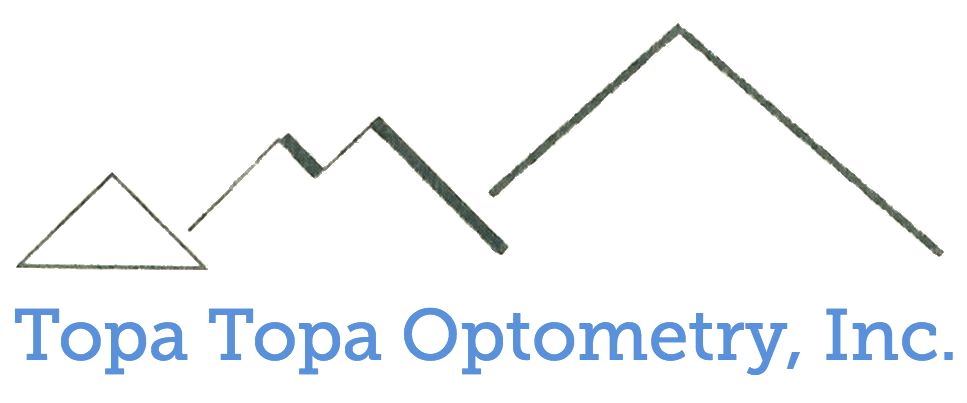A retinoscope is a handheld device used by eyecare professionals to determine whether your eyes are “20/20,” or have difficulties in seeing things up close or far away.
By shining a light back and forth across your eye, eye doctors are able to determine (usually with great accuracy) if your vision needs corrective lenses by “dialing” the retinoscope so that the light focuses properly at the back of the eye on the retina.
This simple procedure is called a retinoscopy.
During a retinoscopy, if light focuses in front of or behind your retina, you have what is called a “refractive error” of the eye. This means you may have difficulty seeing things up close (farsightedness) or difficulty seeing things in the distance (nearsightedness). And means you likely need prescription lenses or contact lenses.
Many times, your eye doctor can determine your exact prescription by using only a retinoscope, though other equipment during an eye exam will be used to completely study your eye health, and verify any refractive errors that require you to get glasses or contact lenses.
How does a retinoscope work during retinoscopy?
Retinoscopy is a relatively quick and pain-free procedure, though your eyes may water or tear up slightly when exposed to the light within the retinoscope.
Other high-tech equipment like autorefractors are becoming more common as well, as they take retinoscopy measurements automatically in just a few seconds.
The retinoscope is a handy examination tool that can automatically detect a possible vision problem. A retinoscopy can be especially good for young children or people with special needs who might have problems accurately describing “what’s wrong” with their vision.
Special thanks to the EyeGlass Guide, for informational material that aided in the creation of this website. Visit the EyeGlass Guide today!

